book now
Planning Your Trip to Dubai
Dubai, with its iconic skyscrapers, stunning beaches, and rich cultural heritage, is a dream destination for many travelers. Planning a trip to Dubai can be an exciting endeavor, but it’s essential to have the right information and practical tips to make the most of your visit. This article aims to provide you with valuable insights and guidance on How to Plan Your Trip to Dubai.
Visa Requirements for Dubai
Before embarking on your journey to Dubai, it’s crucial to understand the visa requirements. Dubai offers various types of visas, depending on the purpose and duration of your visit.
Tourist Visa
If you are planning a short-term visit for tourism purposes, you will likely need a tourist visa. The tourist visa allows you to stay in Dubai for up to 30 days, with the possibility of extending it for an additional 30 days. To obtain a tourist visa, you can either apply through a sponsor, such as a hotel or a travel agency, or apply online through the official UAE immigration website.
Visa on Arrival
Citizens of several countries are eligible for a visa on arrival, which allows them to stay in Dubai for a specific period without obtaining a visa in advance. The duration of the visa on arrival varies depending on the nationality. It’s advisable to check the official UAE immigration website to see if your country is eligible for a visa on arrival.
Visa Exemptions
Dubai also has visa exemptions for citizens of certain countries. For example, citizens of the Gulf Cooperation Council (GCC) countries can enter Dubai without a visa. Additionally, some countries have bilateral agreements with the UAE, allowing their citizens to visit Dubai for a specified period without a visa. It’s recommended to check the visa regulations specific to your country before planning your trip.
Best Times to Visit Dubai
Dubai experiences a desert climate with hot summers and mild winters. The best time to visit Dubai depends on your preferences and tolerance for heat.
Weather and Climate
Dubai’s summers are scorching, with temperatures often exceeding 40 degrees Celsius (104 degrees Fahrenheit). If you’re not comfortable with extreme heat, it’s best to avoid visiting during the peak summer months from June to September. Winters, on the other hand, are pleasantly mild, with temperatures ranging from 15 to 25 degrees Celsius (59 to 77 degrees Fahrenheit).
Peak Tourist Season
The peak tourist season in Dubai typically falls between November and April when the weather is most pleasant. During this time, the city sees an influx of tourists, and hotel prices tend to be higher. If you plan to visit during this period, it’s advisable to make your hotel reservations well in advance.
Off-peak Season
Visiting Dubai during the off-peak season, which includes the summer months and Ramadan, can be advantageous in terms of lower hotel reservation rates and fewer crowds. However, keep in mind that the weather can be extremely hot during thesummer, and Ramadan brings its own set of considerations, such as limited dining options during daylight hours.
Currency
The currency used in Dubai is the Dirham (AED), but you may also come across “Dhs” or “Dh” when shopping. The Dirham’s exchange rate fluctuates as it is tied to the US dollar.
In Dubai, international credit cards such as Mastercard and Visa are widely accepted. You can also use Maestro logo-bearing debit cards at ATMs. There are ATMs available where you can withdraw cash using a Maestro logo-bearing debit card.
When using a non-local debit or credit card for withdrawals or payments in Dubai, banks may charge a currency conversion fee or a small amount for transactions outside the European Union.
Bargaining is a common practice in Dubai, except in shopping malls and supermarkets where prices are fixed.
Transportation Options in Dubai
Once you arrive in Dubai, you’ll find several transportation options to help you navigate the city conveniently.
Dubai International Airport
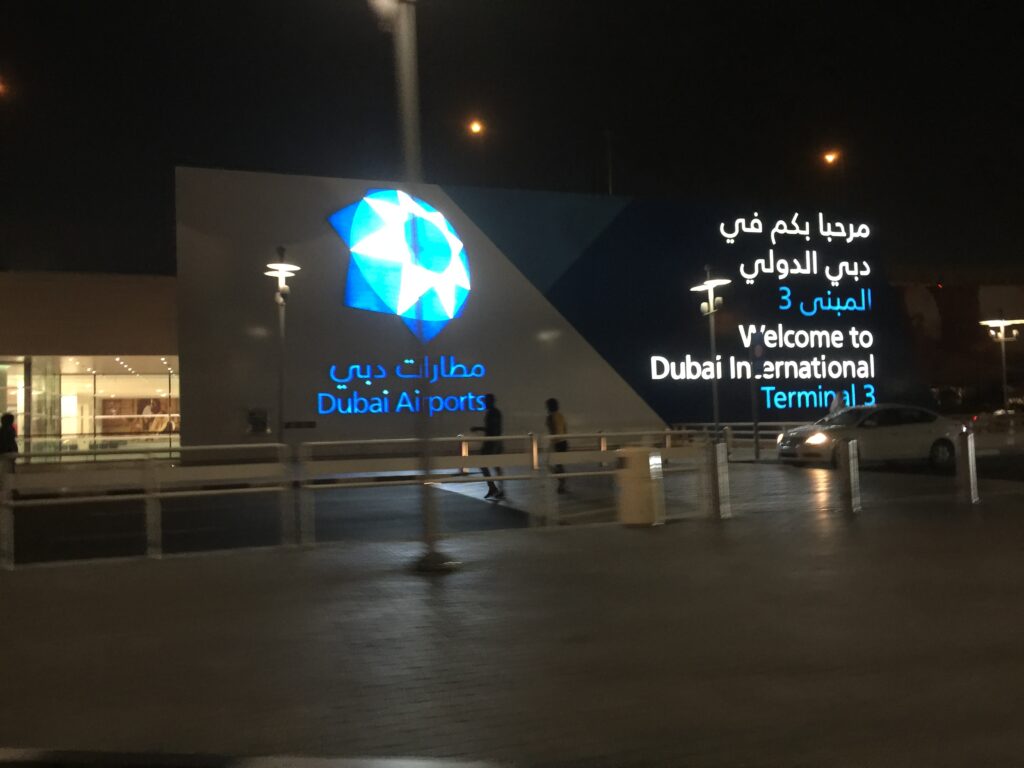
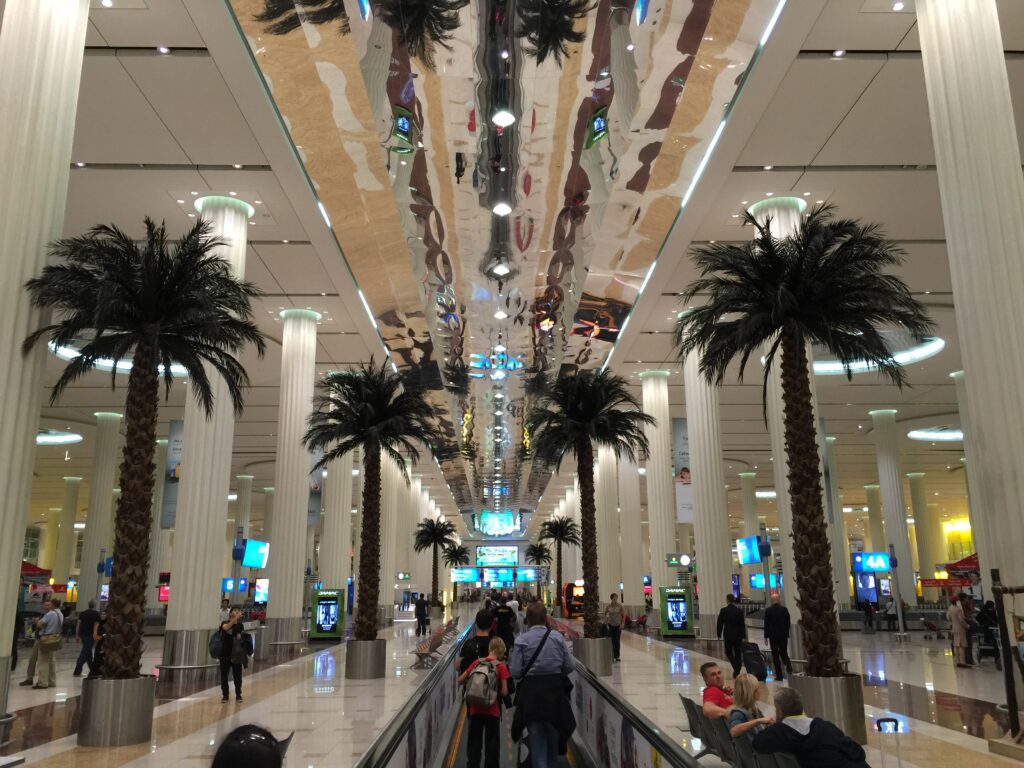

Dubai International Airport is one of the busiest airports globally, serving as a major hub for international flights. It’s well-connected to various destinations worldwide, making it a popular entry point for travelers visiting Dubai. The airport offers excellent facilities, including transportation services, duty-free shopping, and a range of dining options.
Public Transportation
Dubai has a reliable and efficient public transportation system that includes buses, the Dubai Metro, trams, and water taxis. The Dubai Metro is a popular choice for getting around the city quickly and conveniently. It covers major areas, including the airport, business districts, shopping malls, and tourist attractions. Buses are another cost-effective option for traveling within Dubai, with routes covering a vast network across the city.
Taxis and Ride-Sharing Services
Taxis are readily available throughout Dubai, and they provide a comfortable and convenient way to travel. You can easily hail a taxi on the street or find them at designated taxi stands. Alternatively, ride-sharing services like Uber and Careem are also widely used in Dubai, offering a convenient and affordable option for getting around.
Renting a Car
If you prefer more independence and flexibility in your transportation, renting a car is a viable option. Dubai has well-maintained roads and a comprehensive network of highways, making it relatively easy to navigate. However, it’s essential to familiarize yourself with local traffic rules and regulations before driving in Dubai.
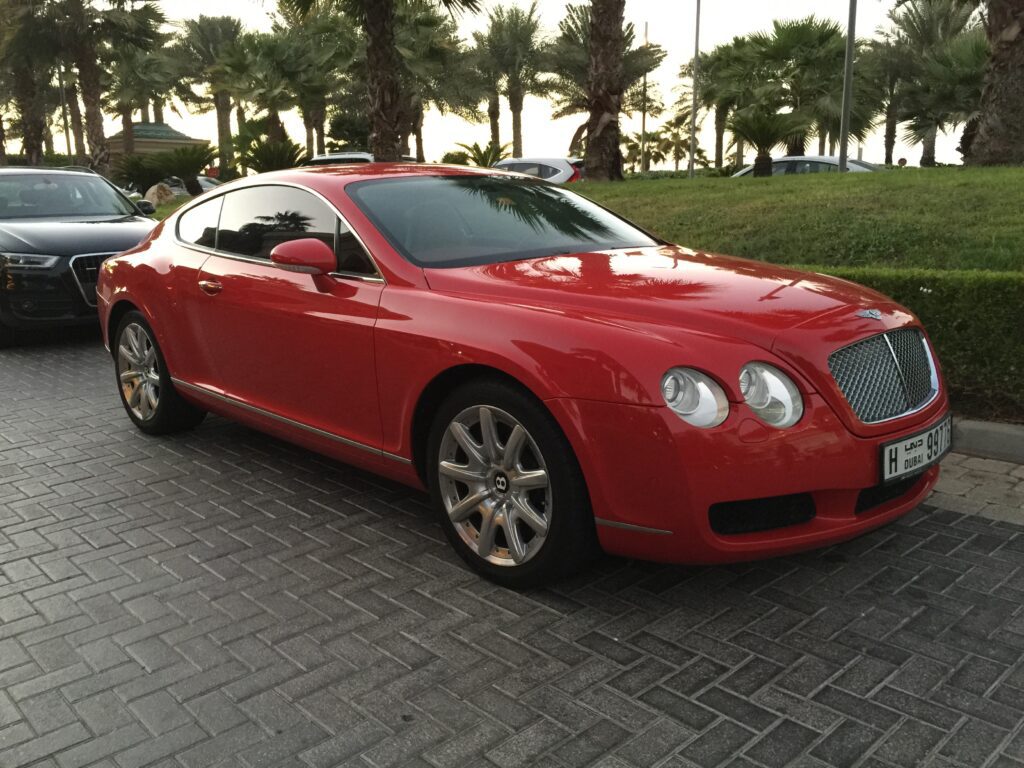

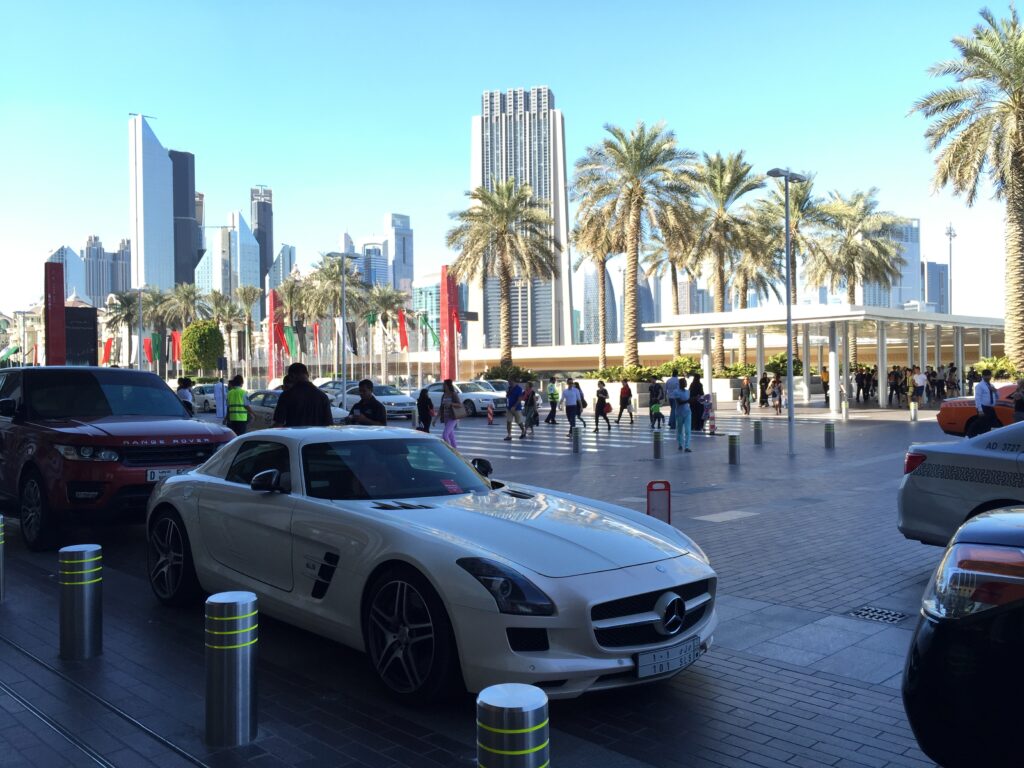



I’m joking, of course. Although you can probably rent these cars.
Except for the last car, which you will encounter when you do not follow the traffic rules.
Getting Around the City
Once you have chosen your preferred mode of transportation, it’s important to understand the various options available for getting around within the city.
NOL cards
NOL cards are an essential part of public transportation in Dubai. These smart cards, available in different variations such as silver, gold, and blue, offer numerous benefits to commuters. With an NOL card, you can conveniently calculate and deduct the fare for your trip, making your journey hassle-free. The card is valid across all modes of transportation, including buses, metros, trams, and taxis. Additionally, NOL cards can be used at Dubai public parks, Etihad Museum, and over 2,000 shops in Dubai, providing a seamless payment experience. With a low initial cost and the ability to top up the card, NOL cards are a convenient and cost-effective option for commuters in Dubai.
Dubai Metro
The Dubai Metro is a modern and efficient metro system that covers two main lines: the Red Line and the Green Line. It provides easy access to popular attractions, shopping malls, and business districts. The metro operates from around 5:30 am until midnight on weekdays, with extended hours on weekends.
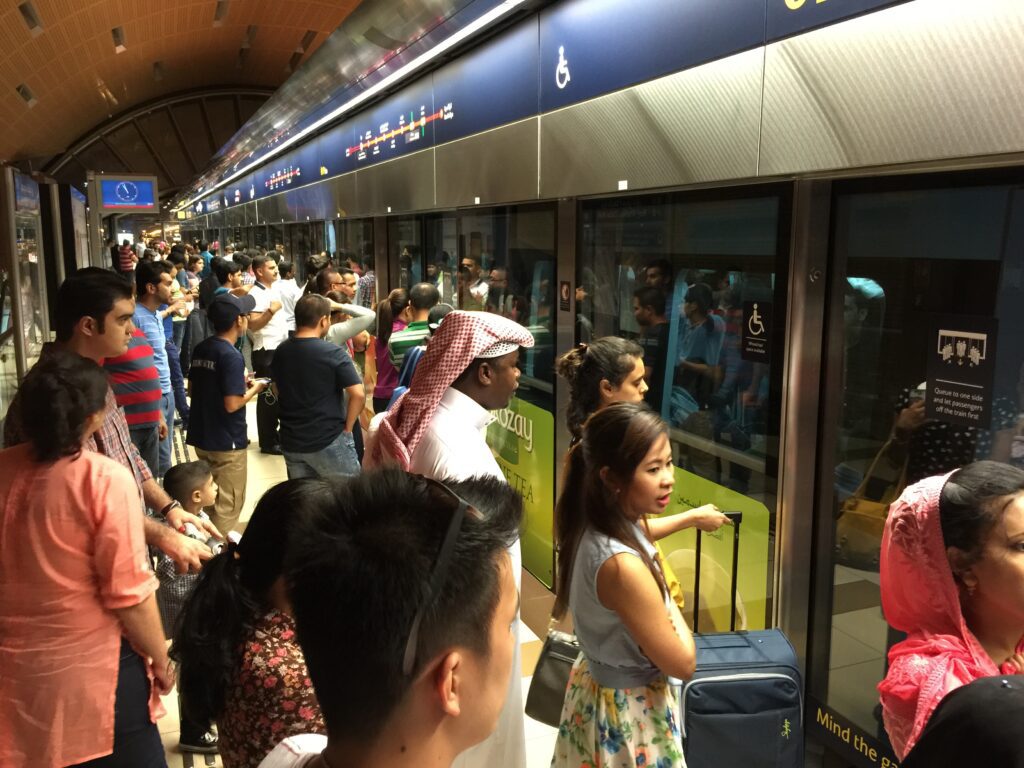

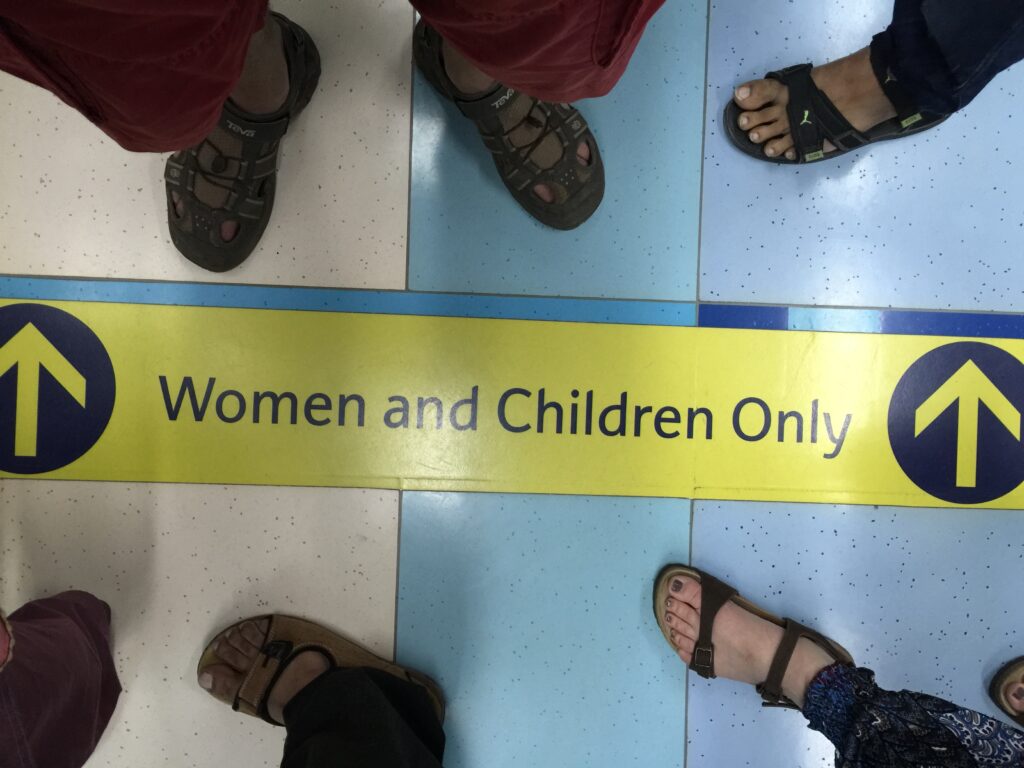

Buses
Dubai’s bus network is extensive, offering an affordable way to travel around the city. The buses cover various routes, including residential areas, tourist spots, and commercial districts. The timings and frequency of buses vary, but they generally operate from early morning until midnight.
Taxis
Taxis are a common sight in Dubai and offer a convenient door-to-door service. They are readily available throughout the city, and you can easily flag them down on the street or find them at designated taxi stands. Dubai taxis are metered, and the fares are generally reasonable.
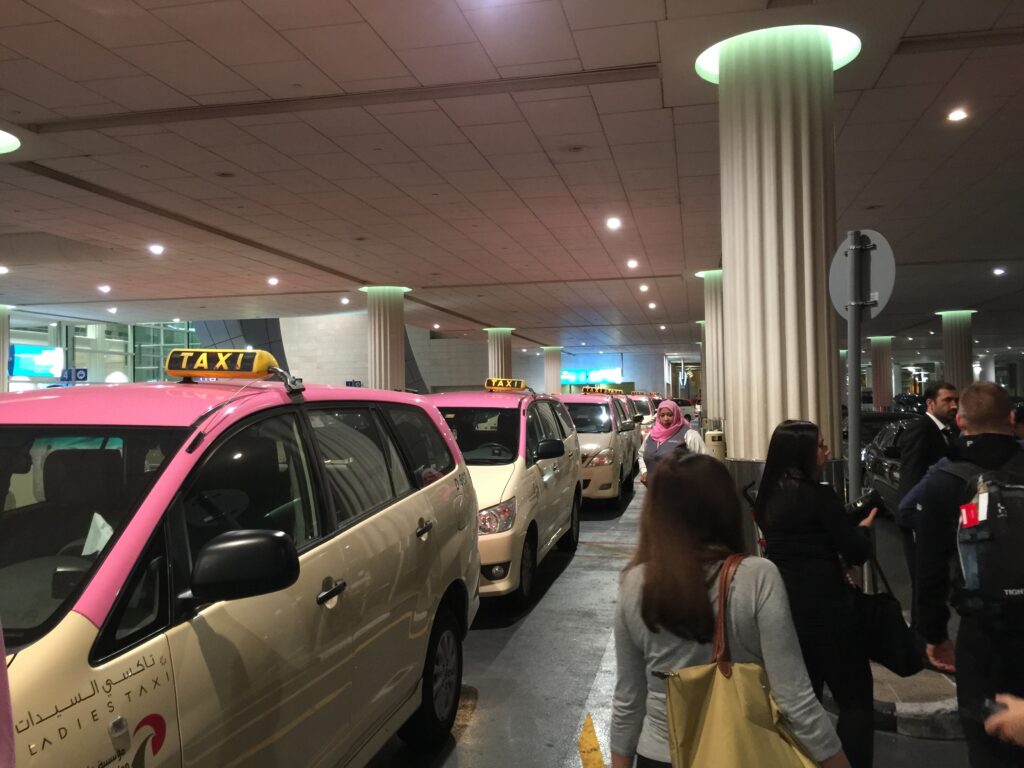

Trams
Dubai’s tram system operates along a 10.6-kilometer track, connecting popular areas such as Dubai Marina, Jumeirah Beach Residence, and Al Sufouh. The trams run from early morning until midnight, offering a comfortable and efficient mode of transportation for those areas.
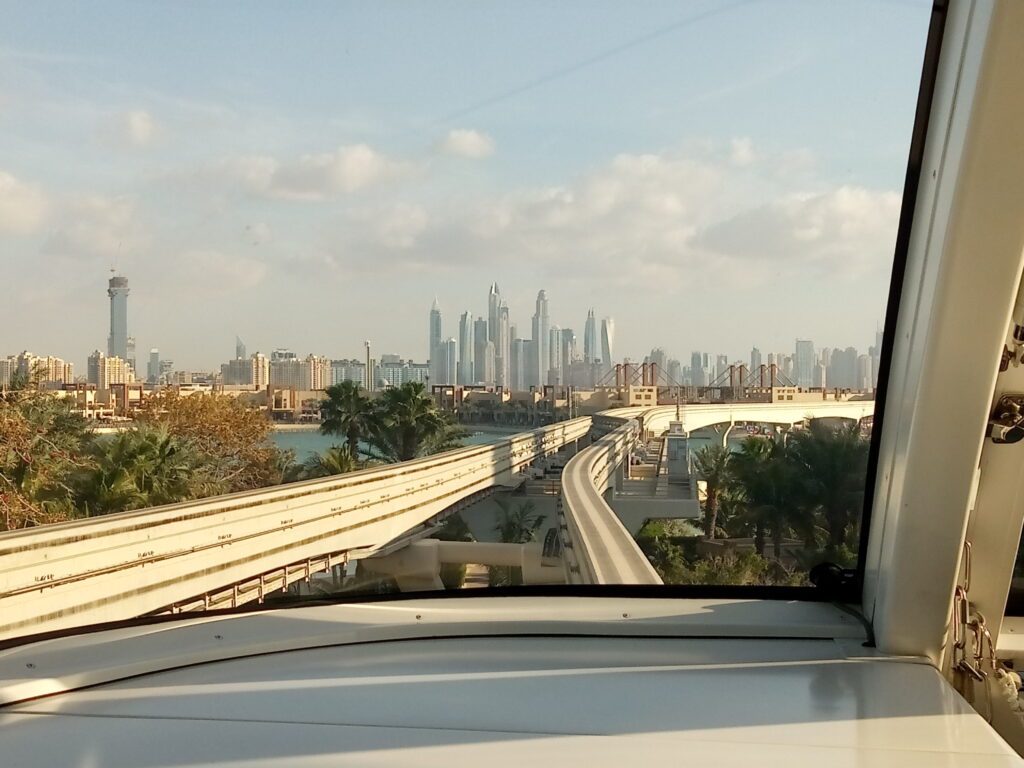

Water Taxis and Abras
Dubai’s water taxis, known as “abra,” provide a unique and scenic way to travel across Dubai Creek, which divides the city into two parts: Deira and Bur Dubai. Abra stations are available along the creek, and the short boat rides are a popular attraction for tourists.
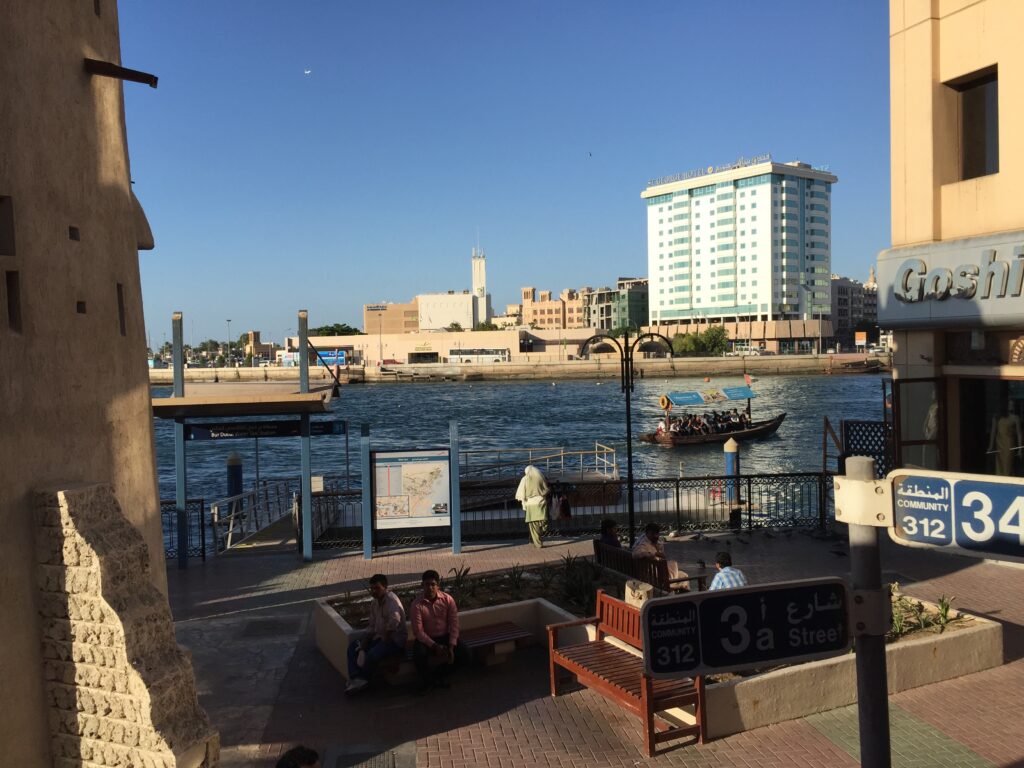

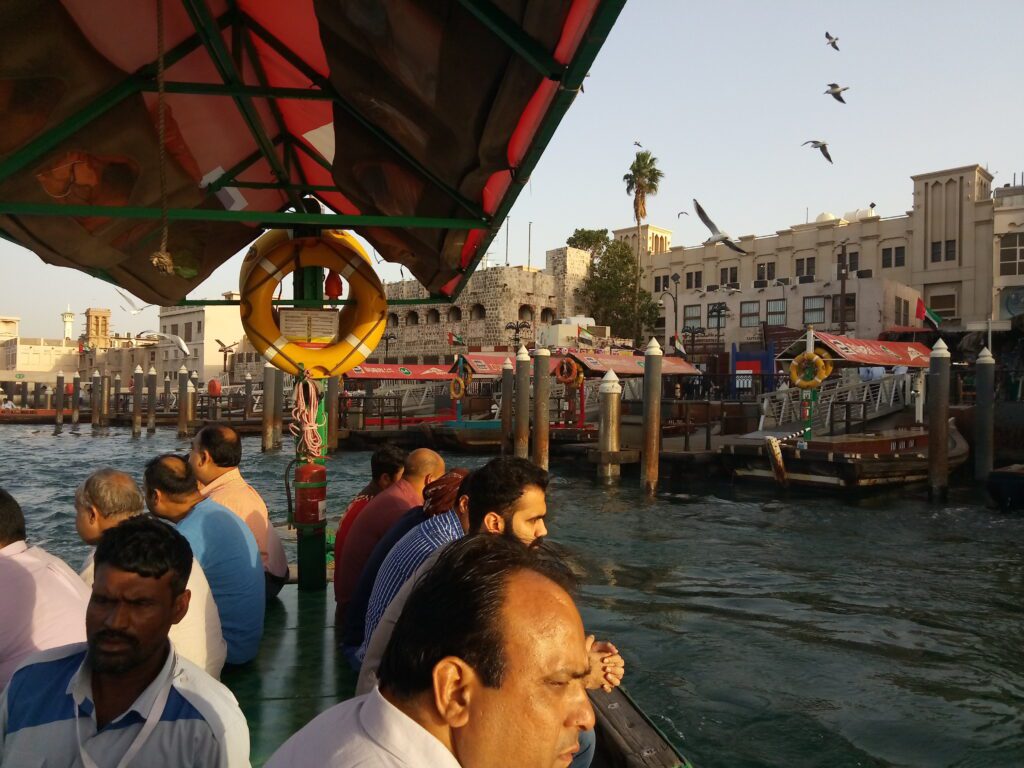

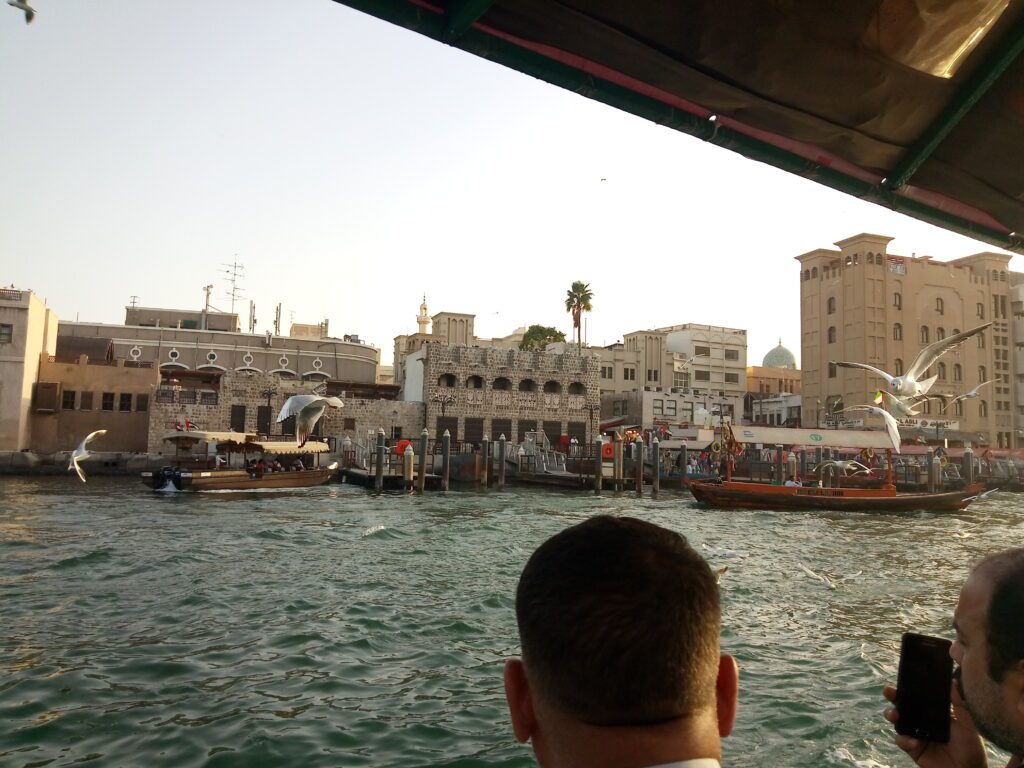

Recommended Accommodations in Dubai
Dubai offers a wide range of accommodations to suit different budgets and preferences. Whether you’re looking for luxury hotels, mid-range options, or budget-friendly choices, you’ll find plenty of options to consider.
Luxury Hotels
Dubai is renowned for its luxurious hotels that offer world-class amenities, stunning views, and impeccable service. From iconic landmarks like Burj Al Arab to lavish resorts along
the Palm Jumeirah, there are numerous luxury hotels to choose from in Dubai. These hotels provide an indulgent experience with opulent rooms, gourmet dining options, spa facilities, and breathtaking views of the city or the Arabian Gulf.
Mid-range Hotels
If you’re looking for a comfortable and affordable stay, Dubai has a range of mid-range hotels that offer a balance between quality and cost. These hotels provide well-appointed rooms, essential amenities, and convenient locations, making them suitable for travelers on a moderate budget.
Budget-friendly Hotels
For budget-conscious travelers, Dubai also offers a selection of budget-friendly hotels and guesthouses. These accommodations provide clean and comfortable rooms, often with shared facilities, at affordable prices. They are a great option for travelers looking to save on accommodation costs while still enjoying a decent level of comfort.
Apartment Rentals
Another popular option for travelers, especially those planning an extended stay or traveling with a group, is to rent an apartment. Dubai has a wide range of serviced apartments and holiday rentals available, offering the convenience of a home away from home. These apartments come with fully equipped kitchens, living areas, and amenities such as swimming pools and fitness centers.
Conclusion
Planning a trip to Dubai requires careful consideration of visa requirements, choosing the best time to visit, understanding transportation options, and selecting suitable accommodations. By following the practical travel tips provided in this article, you can ensure a smooth and enjoyable experience in this vibrant city.
Booking.comPeople also read:
- A Desert Safari Adventure in Dubai
- Burj Khalifa and Dubai Mall
- Dubai’s Architectural Marvels and Landmarks
- Dubai Creek, the Historic Charm of Old Dubai
- Dubai Marina: A Captivating Waterfront Destination
FAQ
This article may contain affiliate links. This means that we receive a small commission when you book something via these links. Of course, this does not cost you anything extra. Did our tips help you? We would love it if you book your trip via the links in the article above. Thank you so much.
Read more articles on my Dubai page.